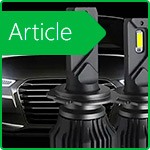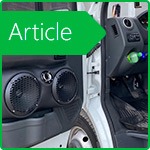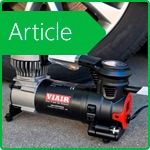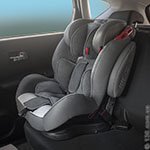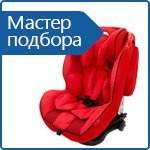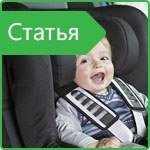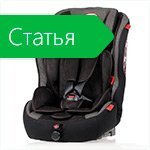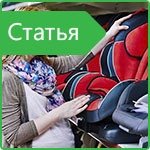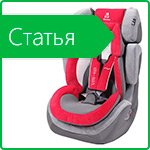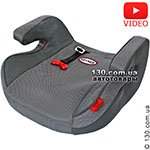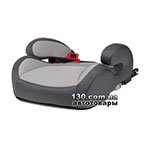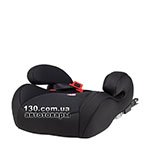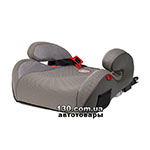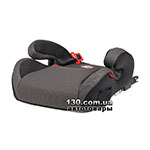Certification of car seats how to choose a seat for a child in a car?
With the adoption of Law No. 1150 "On Amendments to the Code of Ukraine on Administrative Offenses Regarding the Establishment of Responsibility for Violating the Rules for the Transport of Children", there has been a sharp increase in demand for car seats. Many parents thought about buying a car seat in the car for their child. Moreover, it is natural that they are interested in the quality and reliability of the models offered on the market. One of the indicators of a high level of security and protection efficiency is the availability of an appropriate quality certificate.
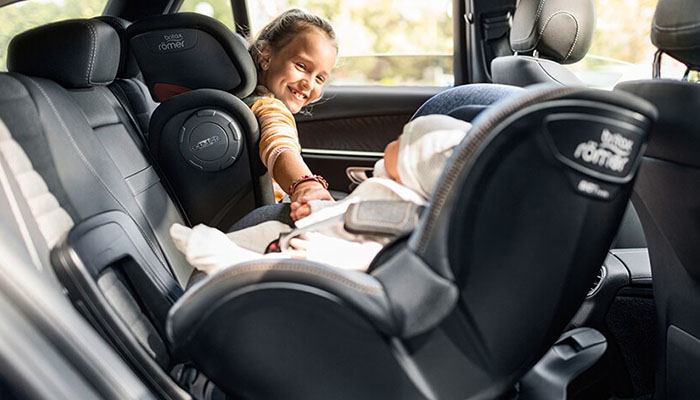
Car Seat Certification
The main confirmation of the reliability of any child seat is the presence of a special orange sticker, which indicates that this model has passed certification in specialized instances. It indicates: country of testing; number of rules according to which the chair was certified; group of seats according to the weight and weight parameters of the child for whom it is intended.
Let's look at the main types of standards adopted for child car seats. In total, there are 2 current standards in Europe: ECE R44.04 and i-Size.
ECE Safety Standard R44.04
Child car seats manufactured and sold in Europe must meet the requirements of the UN ECE under the number R44.03 or R44.04 (later version of the document). The ECE R44.04 standard was introduced in the summer of 2005, and since 2006 all child car seats in Europe had to comply with it. The standard accurately and in detail describes the safety requirements for the materials used in the manufacture of seats and the reliability of fastenings, as well as the requirements for dynamic tests (crash tests) carried out using special dummies. Crash tests are the main factor that confirms the reliability and safety for a child of a car seat.
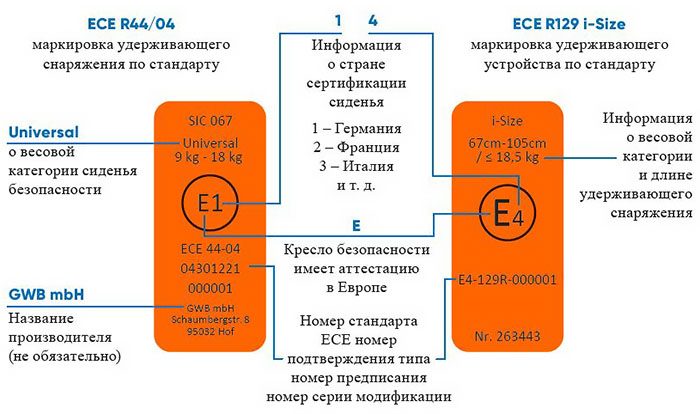
However, several points were gradually revealed that made experts think about modifying and improving the requirements:
- Many parents make many mistakes when fixing a seat in a car or fixing a child in it, which reduce the effectiveness of protecting the baby in the event of an accident.
- According to ECE R44.04, it is allowed to transport very young children from 9 kg face in the direction of travel. Because of this, parents often switch from group 0+ prematurely to larger models. However, it is unsafe, it is recommended that children be transported face-to-face for as long as possible, as far as the growth and age of a small passenger allows.
- This standard did not contain a mandatory requirement to check the protection against side impacts during crash tests.
- ECE R 44.04 allows several mounting options for child seats: using the ISOFIX system, using a standard car belt, as well as universal or semi-universal mounting. This standard has certain difficulties for parents due to the intersection of weight groups. This provokes misunderstanding and makes it difficult for parents to make the right choice when buying a car seat.
i-Size-the new standard for child safety
It was created to facilitate the selection and installation of a child seat. The new standard was developed taking into account data on injuries received during the collisions, taking into account the growth and physical characteristics of children. One of the main innovations was that in order to comply with the i-Size standard, it is necessary to conduct additional mandatory tests and tests that check the degree of protection against side impacts. That is, such chairs guarantee a high level of protection in all types of collisionsovenia.
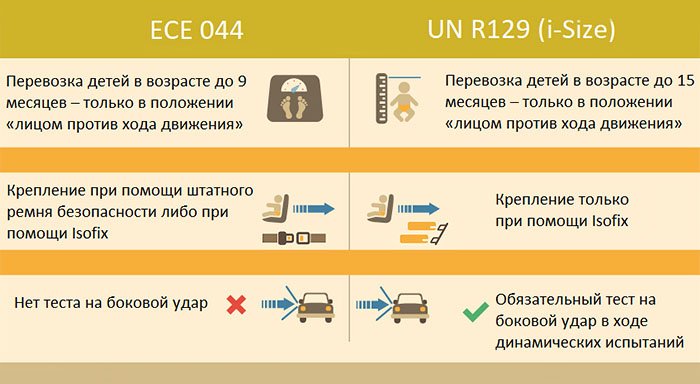
The new i-Size standard includes 3 parts:
- ECE R129-Standards to which restraint devices designed to carry children in a car should advise;
- ECE R14-is used to establish the requirements for the reliability of the floor in the passenger compartment and the quality of anchoring.
- ECE R16-a standard that defines the requirements for car seat belts and the ISOFIX car seat system;
A team of experts under the auspices of the UN has developed the i-Size standard to increase the protection and safety level of transporting children in motor vehicles in Europe. As a result, they managed to achieve the desired effect. Among the features of the new requirements, which favorably affect the degree of protection for small passengers, the following can be distinguished:
- Minimizes the likelihood of misuse of car seats by using mandatory ISOFIX mounts.
- The classification of chairs has become simpler and more understandable, now the key parameter is height and not the weight of the child. Now there are no intersections that sometimes confused parents when choosing the right weight group. However, the weight value is still present, despite the fact that height and age are the main parameters for choosing a child seat model. Maximum weight is important in order to determine the permissible load on ISOFIX mounts and to avoid possible overload.
- Chairs have the ability to be installed against the course of the movement of vehicles much longer-until about the time until the child is 15 months old.
- Increased lateral protection, thanks to the mandatory introduction of crash tests to verify the stability of the car seat structure to side impacts.
- Helps to achieve better compatibility of child seats with car seats.
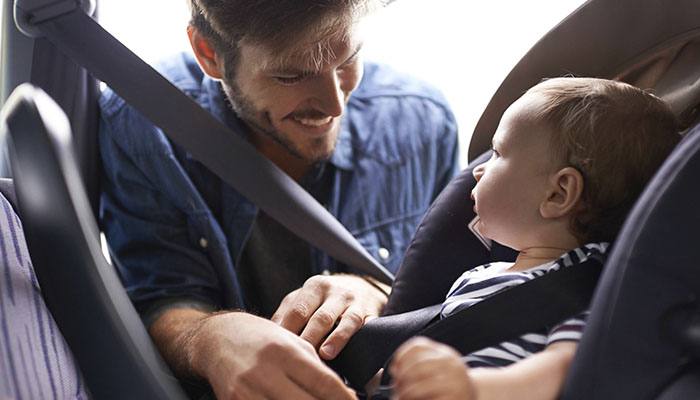
Despite the fact that the new standard began to work on July 9, 2013, it did not replace the previous ECE R44.04 standard. They both act in parallel. Therefore, if there is an appropriate sticker on the chair confirming that it has passed the test and meets one of these standards, you can be sure of its reliability and high level of protection.
In our online store 130.com.ua you can buy a child seat in Kiev, Kharkov and Odessa, which have the appropriate quality certificates as according to the ECE standard R44.04, and according to i-Size (ECE R129). We have a very large selection of models from leading European brands at competitive prices.
Related Content
Baby car seats and boosters: Best Sellers

Stay tuned for updates!
Subscribe to our Telegram channel and be the first to receive useful materials.
Subscribe













